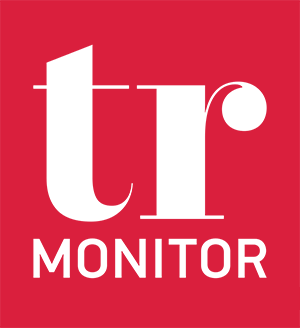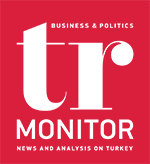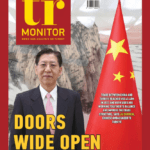Turkey update was on Moody’s calendar on Friday. There were those who expected “this time our rating will be upgraded” and even those who said that one notch would not be enough, it should be at least two notches, but Moody’s did not make any update for Turkey.
The lack of an update is not abnormal. The fact that rating agencies set dates for countries’ credit ratings and rating outlooks in their annual calendars does not necessarily mean that an update will be made. Credit rating agencies can also make an assessment beyond the date they previously stated.
Moody’s last changed Turkey’s rating on August 12, 2022. Since then, we have a B3 rating and the outlook is stable. Our rating is six notches below investment grade. On November 30, S&P changed Turkey’s outlook to positive but kept the rating at B. This rating is five notches below investment grade. Fitch last upgraded the outlook to stable on September 8, but kept the rating unchanged at B. It is also five notches below investment grade.
Credit agencies put Turkey in the same risk category as Belarus, Bosnia, Moldova, Ghana, Egypt, Nicaragua, Mongolia and Tajikistan. Among the emerging market economies that we compete with for funding, South Africa, Brazil, Colombia, India, India, Mexico, Indonesia, Hungary, the Philippines, Malaysia and Chile have much higher ratings than us.
This is the picture and it is not pretty. Among the credit rating agencies, Moody’s gives Turkey the lowest rating. For this reason, on Friday, there were some people who were expecting a rating hike or even a couple of notches from this organization. In my opinion, it is premature to expect a rating upgrade, but there could have been a change in the outlook.
Credit rating agencies are usually very meticulous and slow when raising their ratings. When they downgrade, they are as fast as possible. Therefore, it would be overly optimistic to expect that we will regain the investment category we lost in 2016 with successive upgrades. The most realistic expectation at the moment is that our rating will be raised by one notch. However, it seems that the rating agencies will have to wait a while longer to see whether the changes in the economy since June will be sustained and yield the desired results.
There are indicators that these agencies closely monitor for a rating increase. We can see from their statements that the changes made in policies after the election and the shift towards more traditional policies were welcomed by credit rating agencies. However, in order for this to translate into a rating upgrade, there needs to be more confidence that the normalization of policies and the rebalancing process in the economy are sustainable, a steady decline in inflation and an improvement in macroeconomic stability.
But these are not enough. The rating agencies also pay close attention to the external balance, even more so. In this context, a sustainable narrowing of the current account deficit, an increase in capital inflows to the country, an improvement in the level and composition of international reserves, and a decline in dollarization are the developments they expect to increase our rating. On this side, we have some problems inherited from the past, but there have also been positive developments since the “return to rational ground” began. For example:
– The current account deficit in the balance of payments narrowed and even turned into a quarterly surplus as of October.
– Portfolio investment outflows first declined and then turned into inflows.
– Foreign loans used by banks from abroad increased.
– The Central Bank’s gross foreign exchange reserves increased by USD 43 billion.
In other words, there has been a decrease in foreign exchange demand through the balance of payments channel and an increase in foreign exchange supply through capital inflows, while foreign exchange reserves, which were very weak, have increased. As a result, Turkey’s risk perception in international markets has slightly improved and the risk premium has come down.
These are important gains. They are the short-term results of the return to rationalization. These are developments that foreign fund holders, creditors and credit rating agencies follow closely. However, despite the improvements, we still have a reserve problem, capital inflows are not yet at the level we desire, the maturity and cost of external borrowing are not as we would like, and we still have a long way to go in the balance of payments.
In short, the return to rational policies has not yet solved Turkey’s deep macroeconomic problems, but it has begun to lay the groundwork for a solution, largely through steps taken on the monetary policy side. The important thing is to take the right and long overdue steps on this ground to ensure macro recovery. As long as we insist on this turnaround, improvements in the economy, which has been eroded by heterodox, non-rule-based and unpredictable policy implementations in recent years, will become more evident and will lead to a rating upgrade.
Until that happens, we will be content with outlook improvements instead of a rating upgrade. A rating upgrade could come in the first quarter of the year, unless there is a reversal or loosening of policies.







